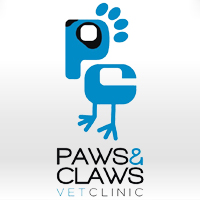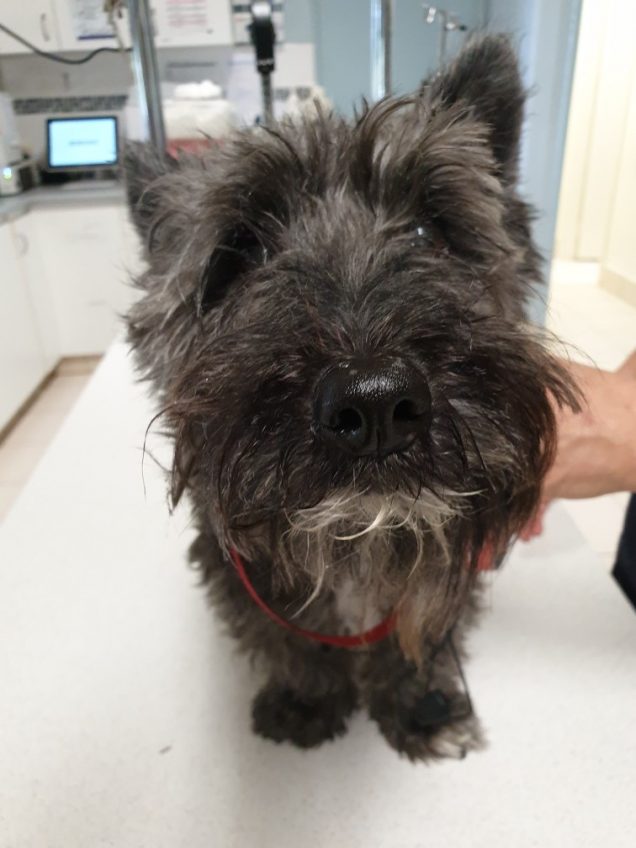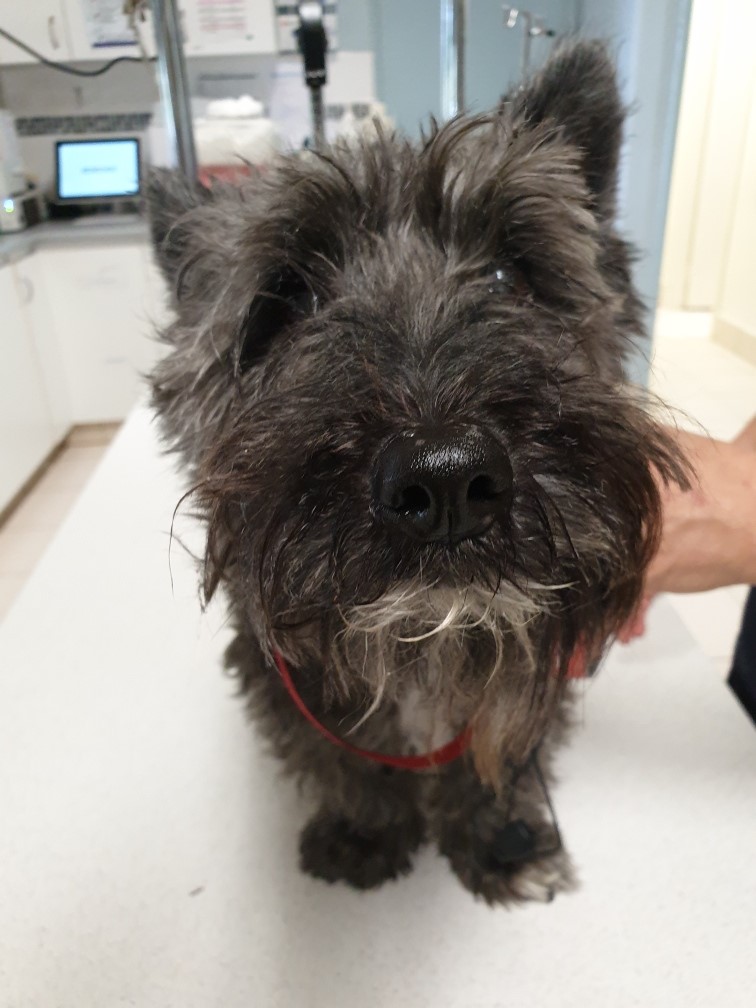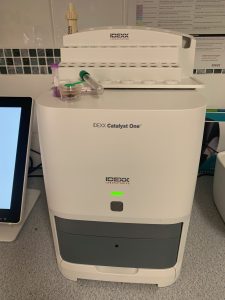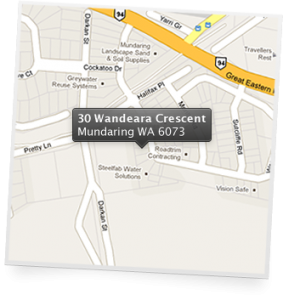Ever heard of Cushings disease in dogs?
I’m often surprised by just how many people know about it.
However those same people don’t always have the right facts about Cushings.
Being informed is powerful, but it seems there is some information out there in Google-world that isnt entirely accurate.
Why is it called Cushings?
In fact it isnt strictly speaking called Cushings, at least in dogs.
We call it Cushings-like syndrome as it is similar (but not exactly same) as that disease in humans. The human disease are often named after the doctor who first reported the disease – Harvey William Cushings.
Its correct name in dogs is Hyperadrenocorticism.
In order to minimise confusion, I will just call it Cushings here.
What is Cushings?
Cushings = adrenal glands not functioning as they should.
Your dog has tiny (usually 3mm diameter) gland just in front of kidney, called adrenal gland.
(the name comes from it first being discovered as functioning to produce adrenalin).
In fact it has 3 different layers to this gland and produces 4 different groups of hormones.
The relevant hormone in Cushings disease is cortisol – produced in the outermost layer.
Cortisol itself is a necessary and vital hormone.
The problem in Cushings disease is caused by continuous and excessive production of cortisol
Excessive continuous production is going to damage body tissues.
What Causes Cushings?
Either due to a tumour of adrenal gland (14% of dogs with Cushings) or excessive messages from pituitary gland driving adrenal gland overproduction (86% of dogs with Cushings)
What Physical Signs can I look for that may indicate Cushings?
This is the complex question.
There is no one sign that EVERY dog with Cushings has.
Signs can be repeat infections (mouth, skin, urinary tract), excessive drinking, hair loss, thin skin – I am not going to list all possible signs (because there are > 20 signs that have been reported to potentially be present with Cushings.
Suffice to say that the presence of Cushings will create chronic health issue.
If you are looking for the most common sign of Cushings, my take is it would be chronic increase in water intake and skin problems.
Is testing for Cushings complex?
It can feel complex as a process,certainly.
However, it is pretty straightforward but divided into 2 stages.
The first is when a blood panel is run – looking at organ function with liver, pancreas, kidney in mind in particular. There are certain changes in a blood panel that may hint at Cushings. But nothing can be definitively decided just from a blood panel.
The second stage is specific testing for Cushings. This involves giving specific injection and then blood samples taken over an 8 hour time to determine just how adrenal glands are responding (there is a different test done over a 2 hour timeline, however I have not found this test to be as reliable in diagnosing Cushings)
If you feel frustrated that 2 separate times of testing are going to be needed, I don’t blame you. However the specific test for Cushings needs the background information of a blood panel FIRST to ensure we are not missing other vital health clues and indicators.
My dog has been diagnosed with Cushings, now what do I do?
If you hang around us long enough, you will already have heard us say that each individual animal is just that – an individual.
Individual treatment means we assess your dogs health issues and determine which treatment seems to be most appropriate and useful and practical. There may be times when we deliberately discuss and decide to not treat (not very often though).
There are times when even more testing (abdominal ultrasound) is discussed, because it seems like adrenal tumour may be present and we need to know (if surgery is being considered).
However – if generalisation is possible – we usually use a drug called Trilostane. Snnce Trilostance use became widespread, successful treatment of Cushings has become a lot more the “norm”.
Honestly, the treatments we had available to us prior to Trilostane were pretty awful. Sometimes the treatment was worse than the disease.
In Australia, Trilostane is available as commercial preparation called Vetoryl.
However, the majority of dogs that we treat for Cushings get their Trilostane compounded up at local pharmacy.
This means we get the exact strength that is effective for that individual – and typically works out far cheaper.
Is Cushings Curable?
Generally – no.
Adrenal tumour cause lends itslef to surgery. Assuming all cancer cells are removed you have got yourself a cured dog.
However – 95% of the time the best and most useful option is one of control.
The goal is controlling excessive bloodstream cortisol levels. The best option is a medication called using trilostane.
Does the Treatment Work?
Well, feedback I get from clients with dogs (just like you) are that 80% of the time they are delighted that their dog seems better and happier with the Cushings controlled.
I observe improvements in the remaining 20%. But the changes may not be as profound as first group.
Given the looks on my clients faces when their dogs are on Trilostane and what I usually observe as improved health and energy from these dogs – I reckon the treatment does work!
